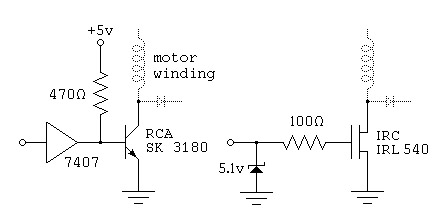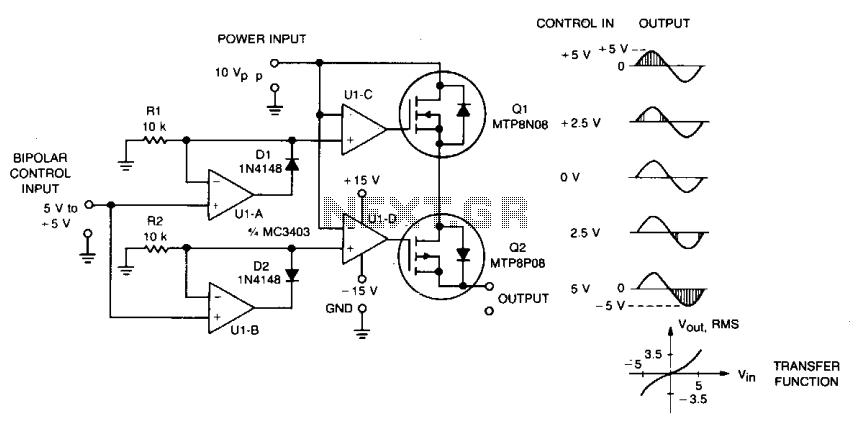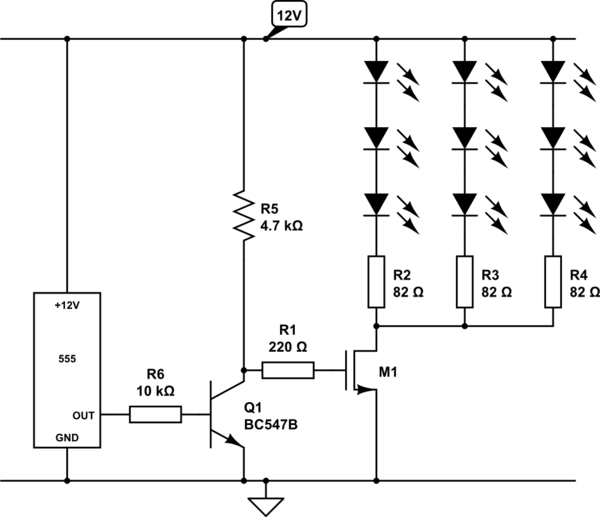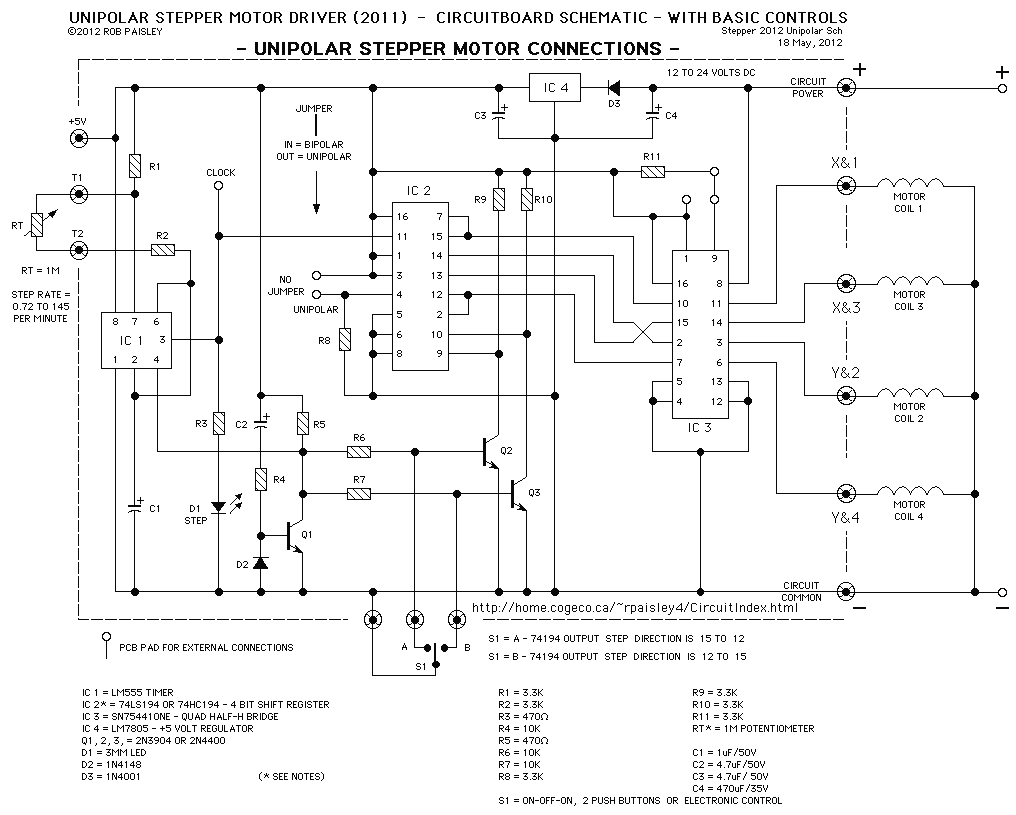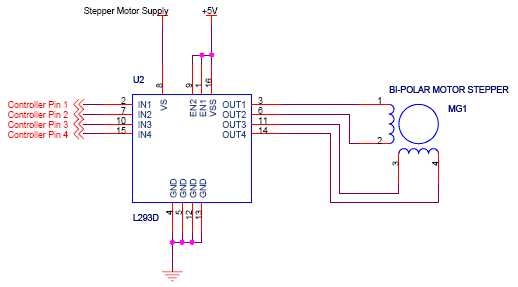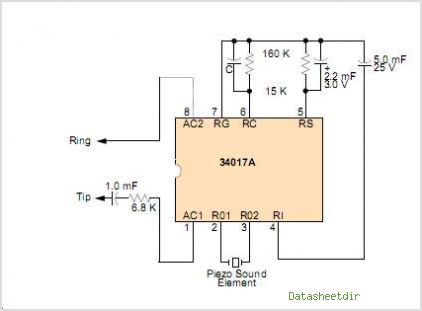
Driving bipolar stepper with uC
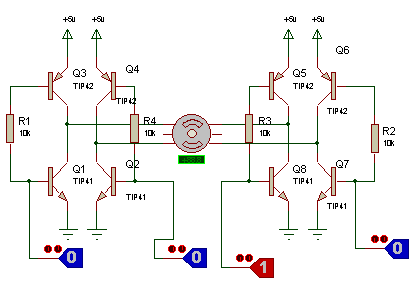
A bipolar motor is being utilized, along with software developed for the PIC 12F508 microcontroller, which is intended for driving a unipolar motor. The correctness of the attached schematic for this application is in question.
The use of a bipolar motor requires a different driving technique compared to a unipolar motor. Bipolar motors typically have two coils that need to be energized in a specific sequence to create a rotating magnetic field. This is achieved by reversing the current direction in the coils, which is not applicable to unipolar motors that use a single direction of current flow through the coils.
To adapt the existing schematic designed for a unipolar motor to work with a bipolar motor, the following modifications should be considered:
1. **Coil Configuration**: Ensure that the schematic includes two coils (A1 and A2) that can be driven independently. Each coil should be connected to an H-bridge configuration or a similar driver circuit that allows for current direction reversal.
2. **Microcontroller Outputs**: The PIC 12F508 will need to control the H-bridge transistors or MOSFETs. This can be achieved by using four output pins from the microcontroller, where each pin controls one side of the H-bridge, allowing for the necessary current direction changes to energize the coils in the correct sequence.
3. **Control Logic**: Implement a control algorithm that sequences the activation of the coils. This can be done using either a timer interrupt or a main loop that checks the desired step position and activates the coils accordingly.
4. **Power Supply**: Ensure that the power supply voltage and current ratings are suitable for the bipolar motor specifications. The driver circuit must handle the increased power requirements compared to a unipolar setup.
5. **Feedback Mechanism**: If precise control is necessary, consider integrating a feedback mechanism using encoders or Hall effect sensors to monitor the rotor position and adjust the drive signals accordingly.
By making these adjustments, the schematic can be effectively modified to drive a bipolar motor using the existing microcontroller setup.I have a bipolar motor, and software written for PIC 12F508 to drive unipolar motor. Is the schematic in attachment correct for this purpose? Coil A1, .. 🔗 External reference
The use of a bipolar motor requires a different driving technique compared to a unipolar motor. Bipolar motors typically have two coils that need to be energized in a specific sequence to create a rotating magnetic field. This is achieved by reversing the current direction in the coils, which is not applicable to unipolar motors that use a single direction of current flow through the coils.
To adapt the existing schematic designed for a unipolar motor to work with a bipolar motor, the following modifications should be considered:
1. **Coil Configuration**: Ensure that the schematic includes two coils (A1 and A2) that can be driven independently. Each coil should be connected to an H-bridge configuration or a similar driver circuit that allows for current direction reversal.
2. **Microcontroller Outputs**: The PIC 12F508 will need to control the H-bridge transistors or MOSFETs. This can be achieved by using four output pins from the microcontroller, where each pin controls one side of the H-bridge, allowing for the necessary current direction changes to energize the coils in the correct sequence.
3. **Control Logic**: Implement a control algorithm that sequences the activation of the coils. This can be done using either a timer interrupt or a main loop that checks the desired step position and activates the coils accordingly.
4. **Power Supply**: Ensure that the power supply voltage and current ratings are suitable for the bipolar motor specifications. The driver circuit must handle the increased power requirements compared to a unipolar setup.
5. **Feedback Mechanism**: If precise control is necessary, consider integrating a feedback mechanism using encoders or Hall effect sensors to monitor the rotor position and adjust the drive signals accordingly.
By making these adjustments, the schematic can be effectively modified to drive a bipolar motor using the existing microcontroller setup.I have a bipolar motor, and software written for PIC 12F508 to drive unipolar motor. Is the schematic in attachment correct for this purpose? Coil A1, .. 🔗 External reference
